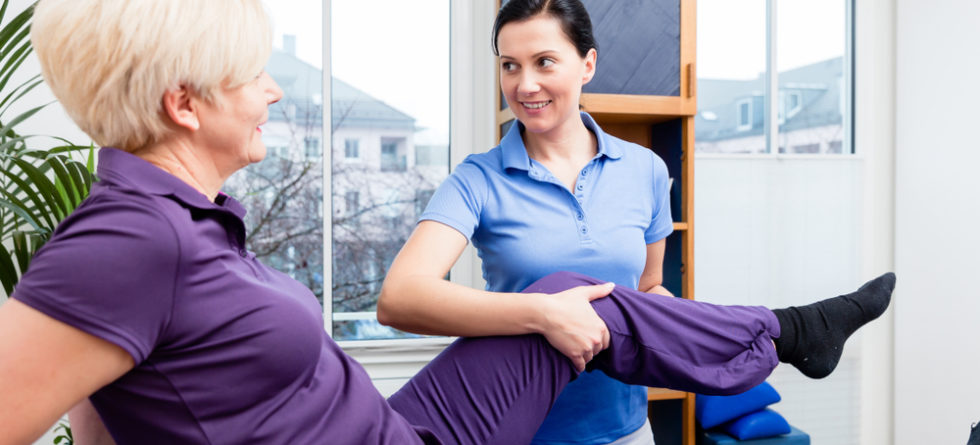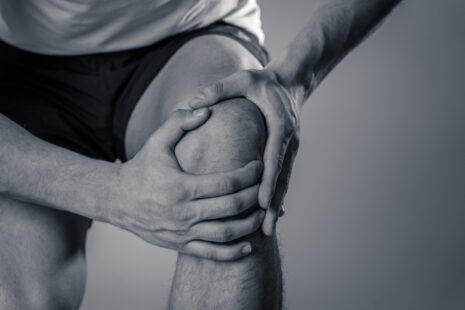ACL (anterior cruciate ligament) rehabilitation typically begins shortly after injury or surgery, and the timing can vary based on the specific circumstances of the injury and the individual. The goal of early rehabilitation is to minimize swelling, restore range of motion, and prevent muscle atrophy.
Here are some general guidelines for when ACL rehab should start…
- Post-Injury Initial Phase (Immediately – First Few Days)
- If the ACL injury is suspected or confirmed, initial care often involves the R.I.C.E. protocol (Rest, Ice, Compression, Elevation) to reduce swelling and pain.
- Gentle range-of-motion exercises, such as ankle pumps and heel slides, are usually started within the first few days to prevent stiffness and promote circulation.
- Pre-Surgery (If Applicable)
- If you are planning to undergo ACL reconstruction surgery, pre-operative rehabilitation may be recommended. This period can vary but is often a few weeks to a couple of months before surgery.
- Pre-surgery rehab aims to maximize joint mobility, muscle strength, and overall fitness to improve the success of surgery and post-operative recovery.
- Post-ACL Reconstruction Surgery (Within Days)
- ACL rehabilitation usually begins within days after the surgery. The exact timing can vary based on the surgeon’s recommendations.
- Early post-surgery rehab focuses on controlling pain and swelling, regaining knee range of motion, and initiating gentle muscle activation exercises.
- Ongoing Rehabilitation (Weeks to Months)
- After the initial post-surgery phase, ACL rehab transitions through various stages. These stages involve progressively more challenging exercises, strength training, and functional movements.
- The specific timing for progressing through the stages depends on the individual’s progress and the guidance of the healthcare provider and physical therapist.
- Rehabilitation may continue for several months to help the individual regain full strength and function.
ACL rehab is a structured, progressive process tailored to the individual’s needs and the severity of the injury. The timing and intensity of exercises may vary from person to person. A qualified physical therapist plays a crucial role in guiding the rehabilitation process, ensuring that exercises are performed correctly, and monitoring progress.
Starting ACL rehab early and adhering to the recommended rehabilitation plan is essential for achieving the best possible outcome. Failure to follow the rehabilitation program diligently can lead to complications and reduced long-term joint function. Always consult with your healthcare provider or physical therapist for personalized guidance and a timeline specific to your injury and treatment plan.




